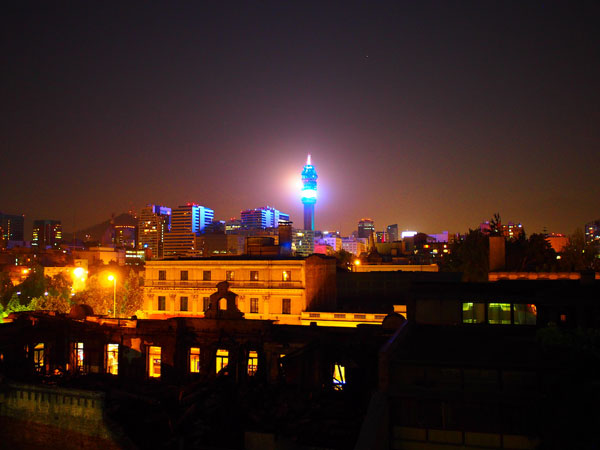One of the most surprising things I’ve discovered since installing sitemeter on the page is exactly how many of you are searching for torta chilena. In this post I talk about things named for places that have nothing to do with the thing in common. Like french toast, or the american kitchen I was promised in one of my apartments. Read and enjoy.
But getting back to the torta in question. It seems that the Costa Rican dessert is basically what in Chile is called torta de mil hojas. Technically this makes it seem like it should be made with phyllo, strudel (hojaldre in Spanish) or some other equally paperylight-like-crunchy-leaves-in-autumn type pastry. In actual fact, it seems to be made with a marriage of flour and cardboard. this is layered with what in most Spanish is called dulce de leche, or sometimes cajeta but here is called manjar. Where Costa Rica really ups the ante (in some instances) is by putting sweetened meringue on top, and possibly topping that with more dulce de leche.
The torta chilena phenomenon really baffles me sometimes. Sometimes I’ll get hits from four different school districts across the United States within a couple of hours. Is it in the high school reading curriculum? A Spanish textbook? Occasionally I’ll get a hit from New Zealand or Dubai, with the search term, or a cluster of Texans looking for the same. I hate to lead people down a path with no recipe, so I’ve collected and linked to a few recipes for torta chilena, even though I’ve never made it, and only seldom eaten it, and even so, only in the form of mil hojas, and then only after a 50 mile plus bikeride. Otherwise I just can’t stomach the pure sugar injection that it constitutes.
So enjoy your torta chilena, however you like it.
Here’s a recipe (Spanish).
And a blog on Tico (Costa Rican) food with another recipe.
and recipe zaar’s version of Chilean Mil Hojas (with brandy?!)
And when it’s all over, your dentist wants me to remind you to brush your teeth.









